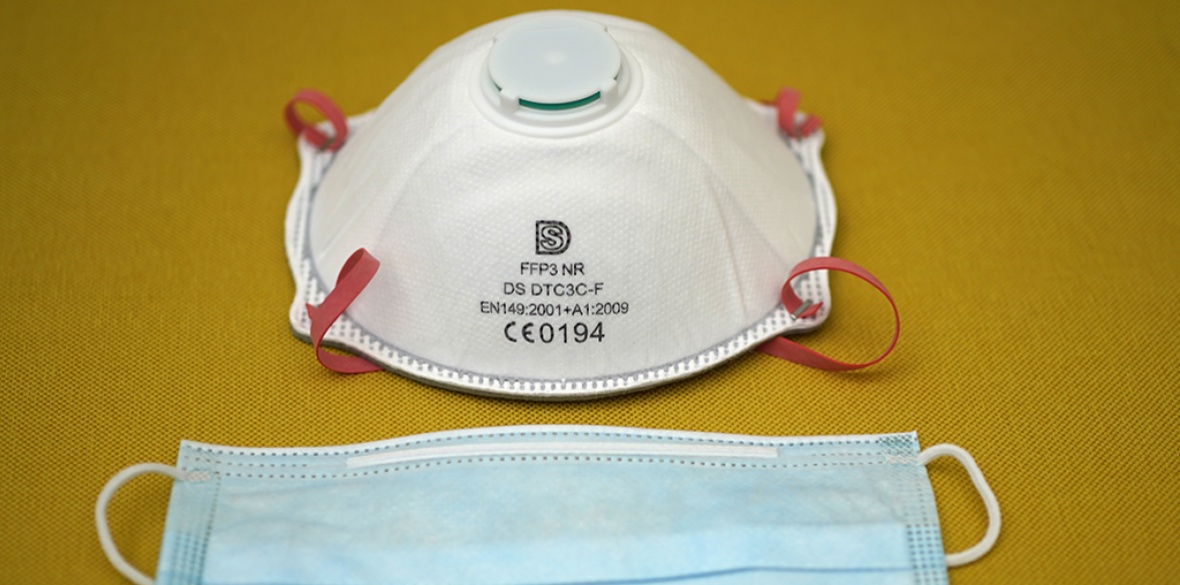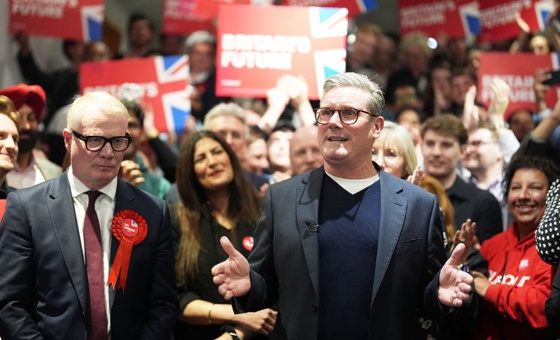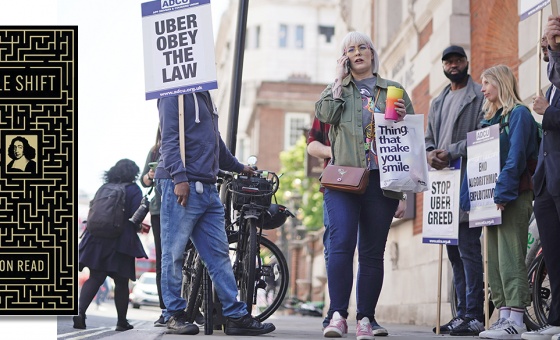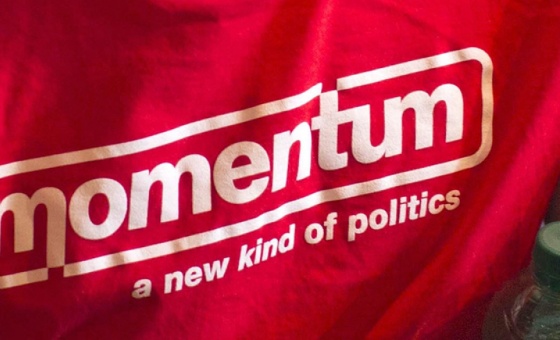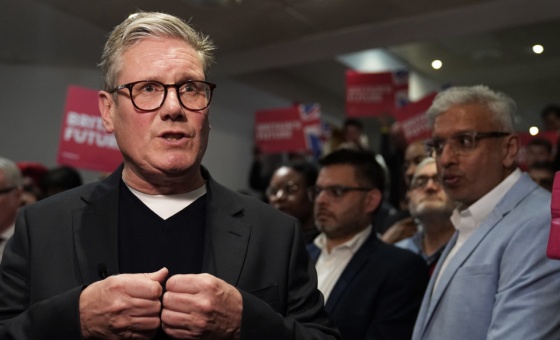This is the last article you can read this month
You can read more article this month
You can read more articles this month
Sorry your limit is up for this month
Reset on:
Please help support the Morning Star by subscribing here
AS WE enter our third year of Covid, it is crystal clear our government is failing us; young and old alike, putting lives at risk and squandering our taxes on spurious business deals with their greedy mates.
They spend our taxes, condemn us to wage cuts and food and fuel poverty, while ignoring and lying about the science that would enable us to follow a zero-Covid policy, thus protecting our economy, lives, civil liberties and future life chances: something recently backed up by research in the Lancet.
The government’s mixed messaging and confusing Covid policies have ignored the excellent behavioural science from its own Sage scientists, and Independent Sage.
This has resulted in a fractured and divided society which is fast being exploited by the far right with their lies, misinformation and phoney protestations about our civil liberties and restrictions, yet these small changes to make us all safe need to be seen as protections.
Under the Tories our lives and livelihoods are expendable, children and teachers in classrooms are, according to recent research published by the National Library of Medicine, 1,000 times more at risk from Covid than if they were in a supermarket — yet we are told yet again that evidence for masks is still “inconclusive.”
Quite simply, this is a lie and work by many scientists shows that masks work.
Prof Trisha Greenhalgh has been at the forefront of promoting the real science about masks: her pinned thread on Twitter is excellent if you’re looking for some peer reviewed evidence.
She reveals that if everyone wears an FFP2 mask it reduces the risk of infection to 0.14 per cent, or, in other words, one person in 700.
Many European countries have cottoned on to this and have made FFP2 masks mandatory in some places.
Romania has banned fabric masks. While better than nothing, fabric and surgical masks do not afford us the same protection as FFP2 and FFP3 masks.
Despite this evidence, the government still refuses to provide NHS staff with FFP2 masks, condemning them to flimsy surgical masks and forcing already underpaid essential workers to buy their own, assuming they can afford them.
It is therefore no wonder 40,000 NHS staff are off work with Covid. Yet the right-wing media has the audacity to blame staff shortages on NHS staff being “allowed” to take their holidays — how dare they?
For my part, I am no scientist, I trained as a teacher and look in horror at what children and school staff are being forced to face.
Bringing together some of the excellent research from scientists has helped to focus my anger and concentrate on the small changes we can all make and demand of our government.
Public health measures we should expect from our government are not rocket science. Indeed, back in 1918 Chicago avoided a second wave of the Spanish flu with simple public health measures.
One building inspector was allocated for every 100,000 people and made sure workplaces, schools, public transport and homes were ventilated by measuring air quality.
Landlords were mandated to help heat homes to make it possible for people to open windows, thus creating good ventilation and reducing infection.
Everyone was expected to wear six-layer masks and why would they refuse if wearing a mask saved the life of just one person? For more on this fascinating story follow @Orla_Hegarty’s #MagicBullet on Twitter.
With these public health measures, Chicago was able to reopen in just six weeks and many lives were saved, so how can we learn from this now, and what did they do?
Chicago made ventilation a key strategy — scientists researching Covid have been arguing for better ventilation to reduce Covid for over a year now, but we’ve only recently seen a few adverts prompting us to open windows, yet it is well known that better ventilation reduces airborne disease like TB and Covid.
Schools have recently been given carbon dioxide (CO2) meters, not nearly enough though. Japan has been using CO2 meters for some time as a proxy indicator for air quality to make cinemas, restaurants and schools safer.
In fact Japan, like many Asian countries, has done relatively well: some argue it is because they have adopted a “let’s try it” approach because it might help, whereas the British government has repeatedly dragged its heels and queried the efficacy of various mitigation strategies, stating there might not be enough evidence.
Using CO2 as an indicator for measuring the concentration of potential Covid in the air we breathe out is simple. Outside, where it is well ventilated and there is less of a Covid risk, you would expect to see about 400 parts per million (ppm) of carbon dioxide.
Carbon dioxide increases as we exhale indoors, so measuring CO2 allows us to monitor how much Covid could be in the air.
Keeping CO2 to around 600-700ppm helps make our space safer, something recommended by the World Health Organisation. Above this level we know we need to open windows to reduce the risk from Covid, and perhaps get the air moving by adding a fan to the room.
We demand good water quality so why not air quality too? The ramifications for securing good air quality effect our health in so many ways and put into sharp focus the effects of air pollution and climate change, not just Covid.
The last strategy to discuss here is one we can employ in our schools, hospitals, businesses, care homes and homes, and that is air purification units with Hepa 13 filters.
Research by Addenbrooke’s hospital and Cambridge University has found that air purification units removed virtually all traces of Covid when used on wards.
So using CO2 meters to indicate air quality in conjunction with air purification is another tool in our armoury to reduce the spread of Covid, not instead of but in conjunction with masks, vaccination and social distancing.
The government issued 7,000 purification units to schools, yet we have over 30,000 schools with multiple classrooms, leaving schools facing more impossible choices about how they should deploy these units.
Unsurprisingly, the government has recommended air purification units that are not fit for purpose within a classroom environment, and are extremely costly: Boris Johnson’s brother is director of one of the companies.
However, there are alternatives. Once again it’s been left to our excellent scientific community to provide the research and assistance.
What we need are robust policies, messaging and strategies to reduce Covid to enable us to live more safely. We also need a robust inquiry to expose the government’s lies, misuse of public money and policies that have resulted in some of the highest death statistics in the world.

